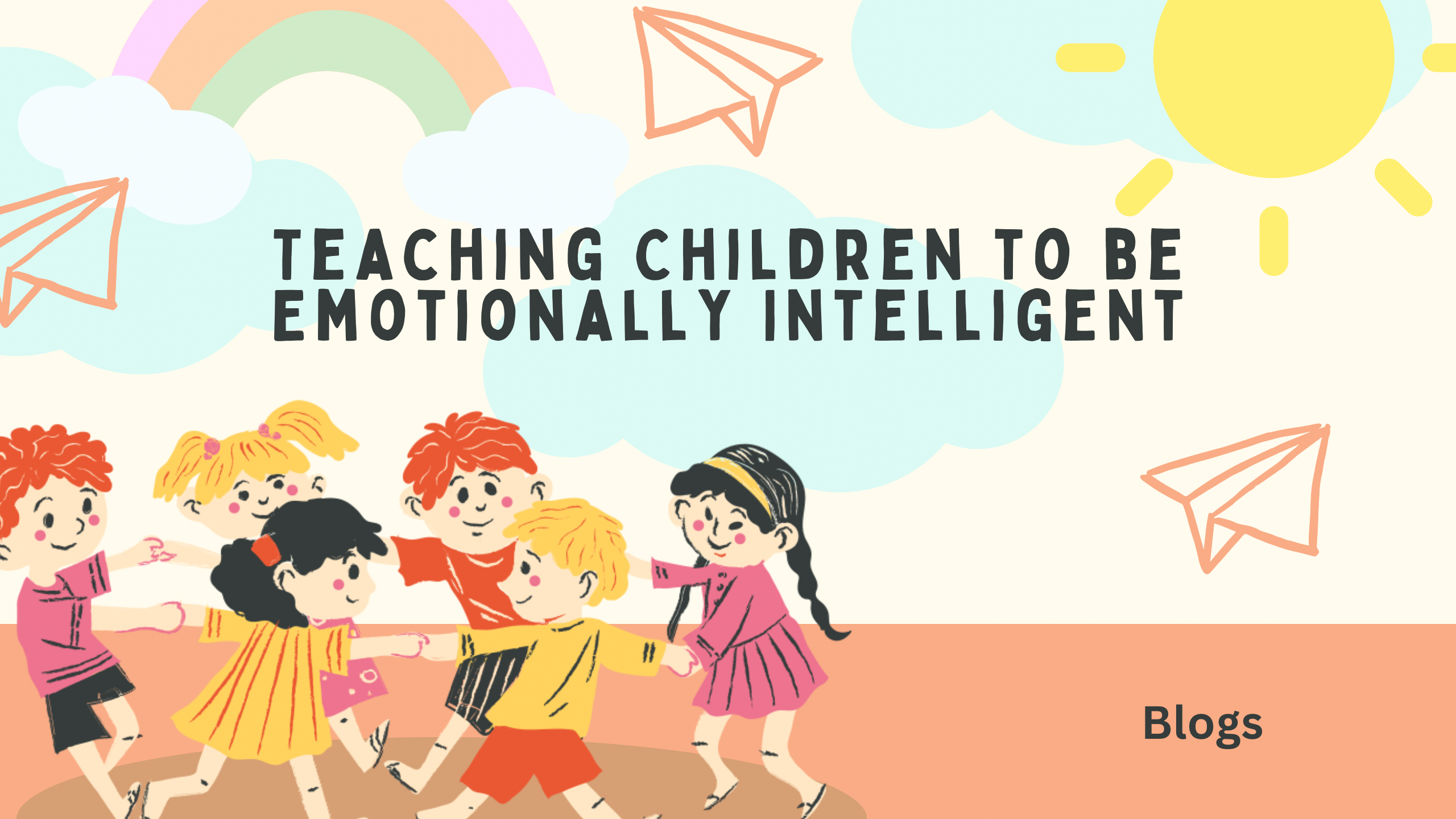Teaching Children to be Emotionally Intelligent
Recognizing and fostering emotional intelligence from an early age is crucial for shaping resilient, empathetic, and socially adept individuals. Managing and understanding emotions is a task…even for us adults – imagine if we were taught since childhood?
What actually is Emotional Intelligence?
Emotional intelligence encompasses the ability to recognize, understand, manage, and express one’s emotions, as well as the capacity to empathize with others. It serves as a compass navigating the complex landscape of social interactions, personal relationships, and self-awareness.
Building Emotional Intelligence at Home:
- Identifying Emotions: Verbatim Example: “I noticed you seemed a bit sad when your friend couldn’t play. Can you tell me more about how you’re feeling?”
- Expressing Emotions: Verbatim Example: “It’s okay to feel angry sometimes. Can you use your words to tell me why you’re feeling this way?”
- Empathy: “How do you think your friend felt when you shared your toys with them? Understanding others’ feelings is a superpower!”
- Self-Regulation: “Taking deep breaths can help calm your body when you’re feeling upset. Let’s practice together.”
- Social Skills: “When you introduce yourself to someone new, try making eye contact and offering a friendly smile. It makes people feel welcome.”
Practical Ways for Parents:
- Emotion-Focused Storytelling: Read books or tell stories that explore a range of emotions. Discuss characters’ feelings and ask how your child would react in similar situations.
Try saying “In this story, the character felt scared. What do you think they could do to feel better?”
- Emotion Charades: Play dumb-charades using emotions. Act out a feeling, and have your child guess which emotion you’re portraying. Then switch roles.
Try saying “Let’s play a game! Can you show me what ‘excited’ looks like without using words?”
- Feelings Journal: Introduce a feelings journal where your child can draw or write about their emotions. This helps in expressing and reflecting on their feelings.
Try saying “Would you like a special journal to write or draw your feelings? It’s like a secret space for your emotions.”
- Emotion Check-ins: Regularly check in with your child about their emotions. Create a routine where you discuss how they felt during the day.
Try saying “Before bedtime, let’s have our special time to talk about how your day went. What made you happy or sad today?”
- Modeling Emotional Intelligence: Demonstrate emotional intelligence in your own interactions. Express your feelings, talk about how you cope with challenges, and showcase empathy.
Try saying “I felt a bit stressed today, so I took a short break to relax. It’s essential to listen to our feelings and take care of ourselves.”
In cultivating emotional intelligence, parents lay the foundation for a child’s ability to navigate the complexities of human emotions. By integrating these practices into daily life, parents not only equip their children with essential emotional skills but also foster a supportive and emotionally intelligent environment, setting the stage for a future marked by empathy, resilience, and meaningful connections.




